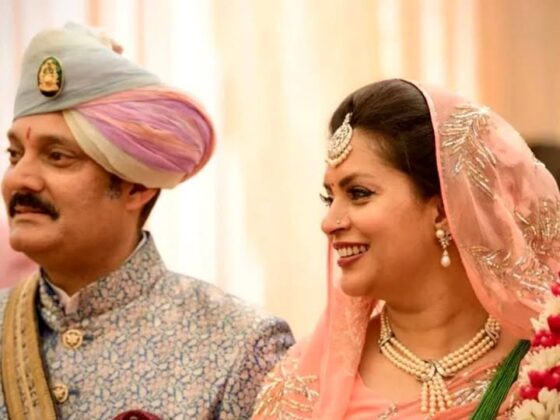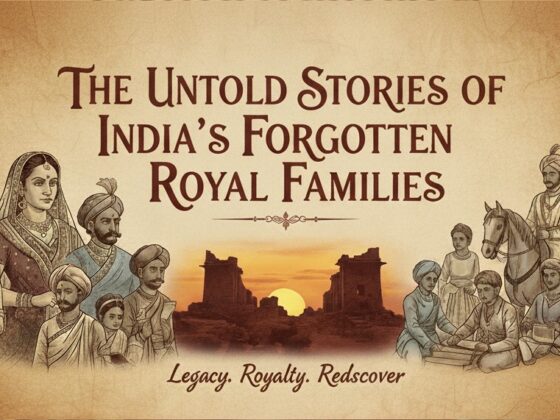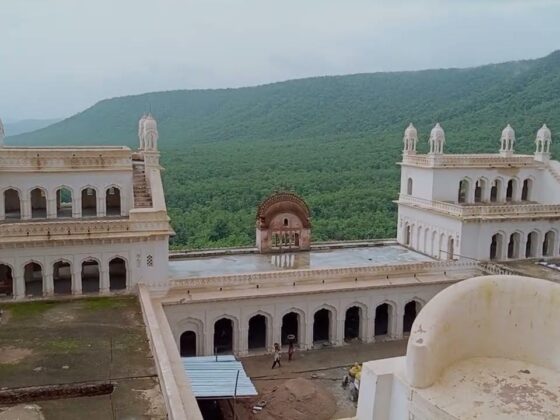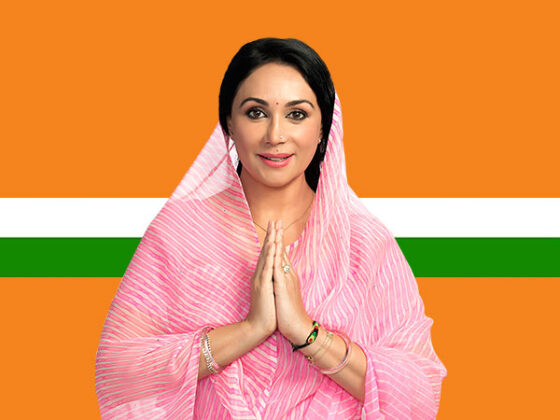The Role of Royal Families in the Indian Independence Movement

Introduction
The Indian Independence Movement was not only led by well-known political leaders like Mahatma Gandhi, Jawaharlal Nehru, and Subhas Chandra Bose but also by royal families who played a significant and often underappreciated role. These royals, who had once been powerful figures of colonial India, shifted their allegiance to support the country’s quest for freedom from British rule. Their contributions, ranging from strategic alliances to direct military resistance, shaped the trajectory of the independence struggle.
The Transformation of Royal Families: From Allies to Opponents of British Rule
Royal families in India were once firmly entrenched in the British imperial system. As princely states, they were semi-autonomous regions under the British Crown’s suzerainty. In exchange for British support in maintaining their power, many rulers were loyal to the Crown. However, as the independence movement gathered momentum in the early 20th century, several of these royal families began to reassess their roles, especially as the call for swaraj (self-rule) grew louder.
The British had used a strategy of “divide and rule” to control the vast Indian subcontinent, often manipulating the ruling elite of princely states to their advantage. But as nationalist sentiment began to spread, many royals found themselves torn between their allegiance to the British Crown and the growing tide of Indian nationalism.
Support from Royal Families for the Independence Movement
While not all royal families were initially inclined to support the struggle for independence, several prominent royals eventually joined the cause, lending their support in various ways. Some offered financial assistance to revolutionary groups, others provided shelter or sanctuary to leaders involved in the independence movement, and some even fought alongside revolutionaries.
Maharaja Sayajirao Gaekwad III of Baroda is one of the earliest and most notable examples of royal support. A progressive and visionary ruler, he was instrumental in supporting social reforms, education, and cultural development in his kingdom. Sayajirao was an outspoken critic of British policies and an advocate for India’s self-rule. He was also one of the first royals to pledge financial support to the Indian National Congress (INC) in the early stages of the independence movement.
Similarly, Maharaja Pratapsingh Raoji of Jamnagar was another prominent royal who sympathized with the nationalist cause. His commitment to the welfare of his people led him to support the Civil Disobedience Movement led by Gandhi. He also provided funds for the non-cooperation movement, which was one of the defining strategies for mobilizing people against British colonial rule.
The Role of the Rajput Rulers in Resistance Movements
Rajput rulers, with their deep history of valor and resistance, also had a significant role in the independence struggle. The Maharaja of Jaipur, Maharaja Jai Singh II, played a crucial part in the political discussions that led to the formation of the All India States Peoples’ Conference (AISP). This organization worked towards promoting greater participation of Indian princes in governance and supported the rights of Indian people in princely states.
Another Rajput king, Maharaja Bhuri Singh of Chamba, refused to provide assistance to the British during World War I, despite the pressure to do so. He provided asylum to revolutionaries and supported the independence movement financially. His resistance made him a hero among nationalist leaders.
The Contribution of the Nizam of Hyderabad
The Nizam of Hyderabad, one of the richest and most influential royal figures in India, played a complex role in the independence movement. Initially, the Nizam was inclined towards maintaining his autonomy and independence from both the British and the Indian National Congress. However, as the movement gained momentum, the Nizam found himself forced to take a stand.
Though he was a reluctant supporter of the freedom struggle, the Nizam’s contributions to the independence movement were vital, as his state became a center for resistance activities. Hyderabad was also the site of several underground revolutionary activities, supported indirectly by the Nizam.
Resistance Movements and Military Support
Some royal families directly participated in military action against the British. One of the most notable instances of royal resistance came from the Maharaja of Bikaner, Kesar Singh, who raised and sent soldiers to fight for the British during World War I. However, he later realized that the British were not truly supporting Indian autonomy, and in the 1940s, he joined the Quit India Movement.
The Role of Women in Royal Families
The role of women from royal families in the Indian independence struggle was also profound, though often overshadowed by their male counterparts. Maharani Suniti Devi of Cooch Behar, for example, was one of the first Indian princesses to actively support the cause of independence. She used her position to rally support for the nationalist movement, giving speeches and organizing protests.
Similarly, Rani Velu Nachiyar of Sivaganga, who lived during the colonial era, became a symbol of resistance. She fought against British East India Company forces during the 18th century and inspired many freedom fighters, particularly among women, to stand against colonial forces.
The Decline of Royal Influence Post-Independence
When India gained independence in 1947, the princely states were integrated into the Indian Union, and many royal families were stripped of their political powers. However, their contributions to the independence struggle cannot be forgotten. Many royal families, despite their loss of power, continued to contribute to the social and cultural fabric of post-independence India.
Some royals chose to engage in politics, while others focused on philanthropy, working to improve the lives of their people. The former royal families became symbols of a lost era, yet their legacy continues to shape modern India.
Conclusion
The royal families in India, once seen primarily as tools of the British colonial system, evolved over time into key players in the independence movement. Their actions—whether through direct military support, financial backing, or public advocacy—were crucial in the struggle for freedom. Their leadership and resistance to British rule played a vital role in India’s march toward independence, marking them as unsung heroes in the nation’s history.










